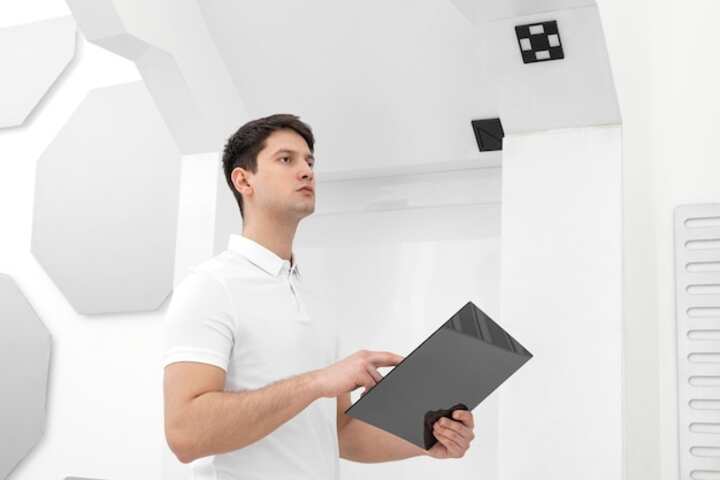
Uncovering Mold with Thermal Imaging Inspections
Mold is a common problem that can silently invade homes and buildings, often going unnoticed until it causes significant damage. Traditional mold inspections may not always detect hidden mold, especially in hard-to-reach areas. Here, thermal imaging inspections provide a non-invasive method to identify potential mold growth, offering a more comprehensive analysis of a building's condition. This article explores how thermal imaging works in mold detection, its benefits, and considerations for its use.
Understanding Thermal Imaging Inspections
Thermal imaging is a technology that detects infrared radiation, often referred to as heat signatures, emitted by objects. It converts these heat signatures into images, allowing inspectors to visualize temperature differences within a structure.
How Thermal Imaging Detects Mold
- Moisture Detection: Mold thrives in moist environments. Thermal imaging cameras can identify areas with unusual temperature differences, indicating potential moisture accumulation behind walls or under floors.
- Non-Invasive: Unlike traditional methods that might require drilling or cutting into walls, thermal imaging offers a non-destructive way to inspect areas for hidden mold.
- Pinpointing Problem Areas: By identifying temperature anomalies, inspectors can target specific areas for further investigation, potentially saving time and resources.
The Advantages of Using Thermal Imaging
Thermal imaging inspections offer several advantages over traditional mold detection methods, making them a preferred choice in many scenarios.
Benefits of Thermal Imaging for Mold Inspections
- Accuracy: Provides precise information about temperature variations, helping to detect mold-prone areas effectively.
- Safety: Reduces the need for intrusive methods, maintaining the structural integrity of the building.
- Efficiency: Fast and efficient, allowing inspectors to cover large areas in less time compared to traditional inspection methods.
- Documentation: Generates visual evidence of temperature anomalies, which can be used for further analysis and reporting.
Learn more in this detailed guide.
Considerations When Using Thermal Imaging
While thermal imaging is an effective tool for detecting mold, there are several considerations to keep in mind to ensure accurate results.
Limitations and Challenges
- Requires Expertise: Proper interpretation of thermal images requires trained professionals who understand both the technology and building structures.
- Complementary Methods: Should be used in conjunction with other inspection methods such as moisture meters and air quality tests for comprehensive analysis.
- Environmental Conditions: External factors like weather conditions can affect the accuracy of thermal imaging, necessitating careful planning of inspection times.
Explore further insights here.
Conclusion
In conclusion, thermal imaging inspections have revolutionized the way mold is detected, providing a non-invasive, efficient, and accurate method for identifying problem areas within structures. By understanding its benefits and limitations, property owners and inspectors can make informed decisions when addressing potential mold issues. While it is a powerful tool on its own, combining thermal imaging with other inspection methods can provide a comprehensive picture of a building's health. For those interested in learning more about the applications and nuances of thermal imaging in mold inspection, find additional information here.